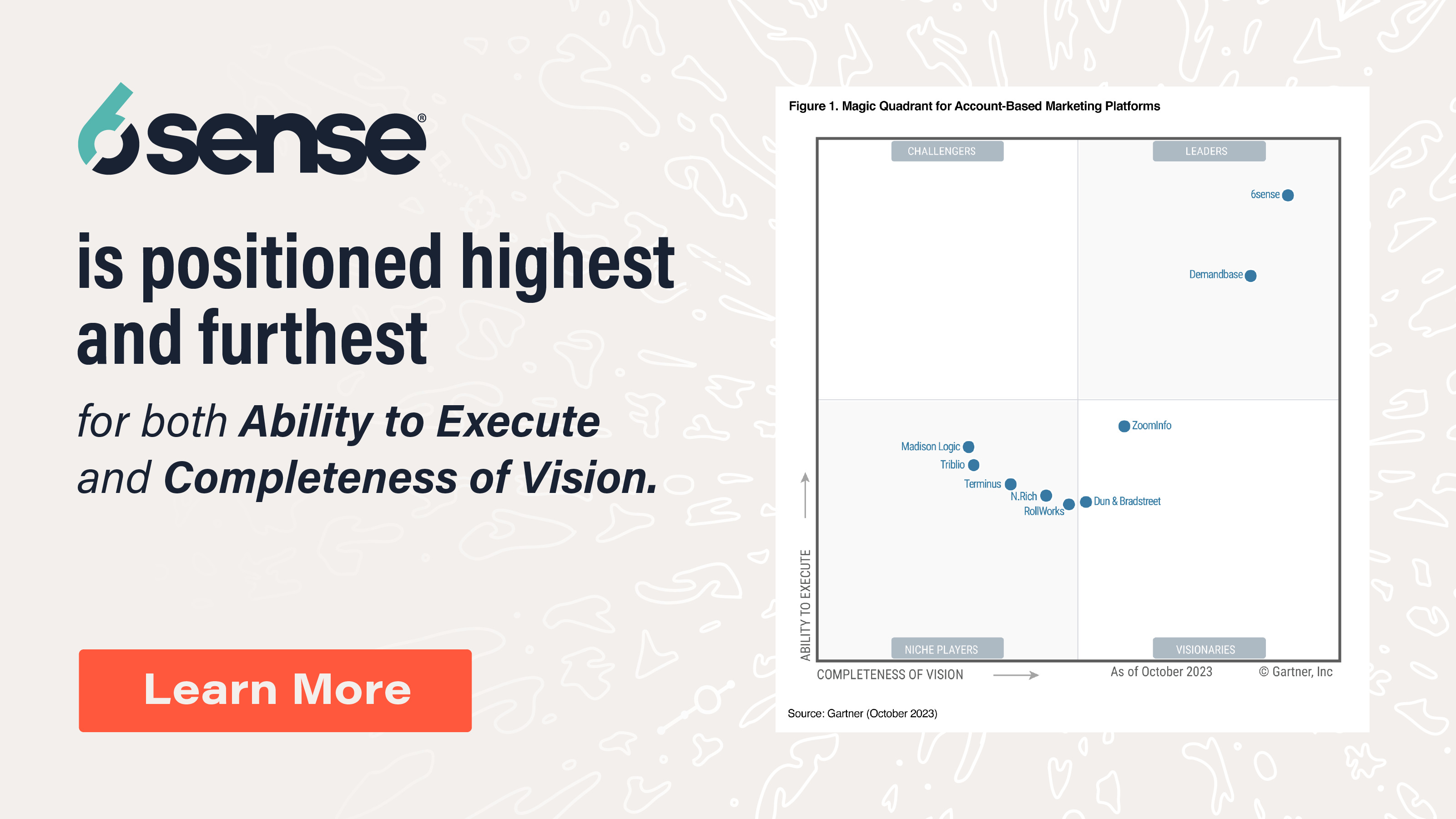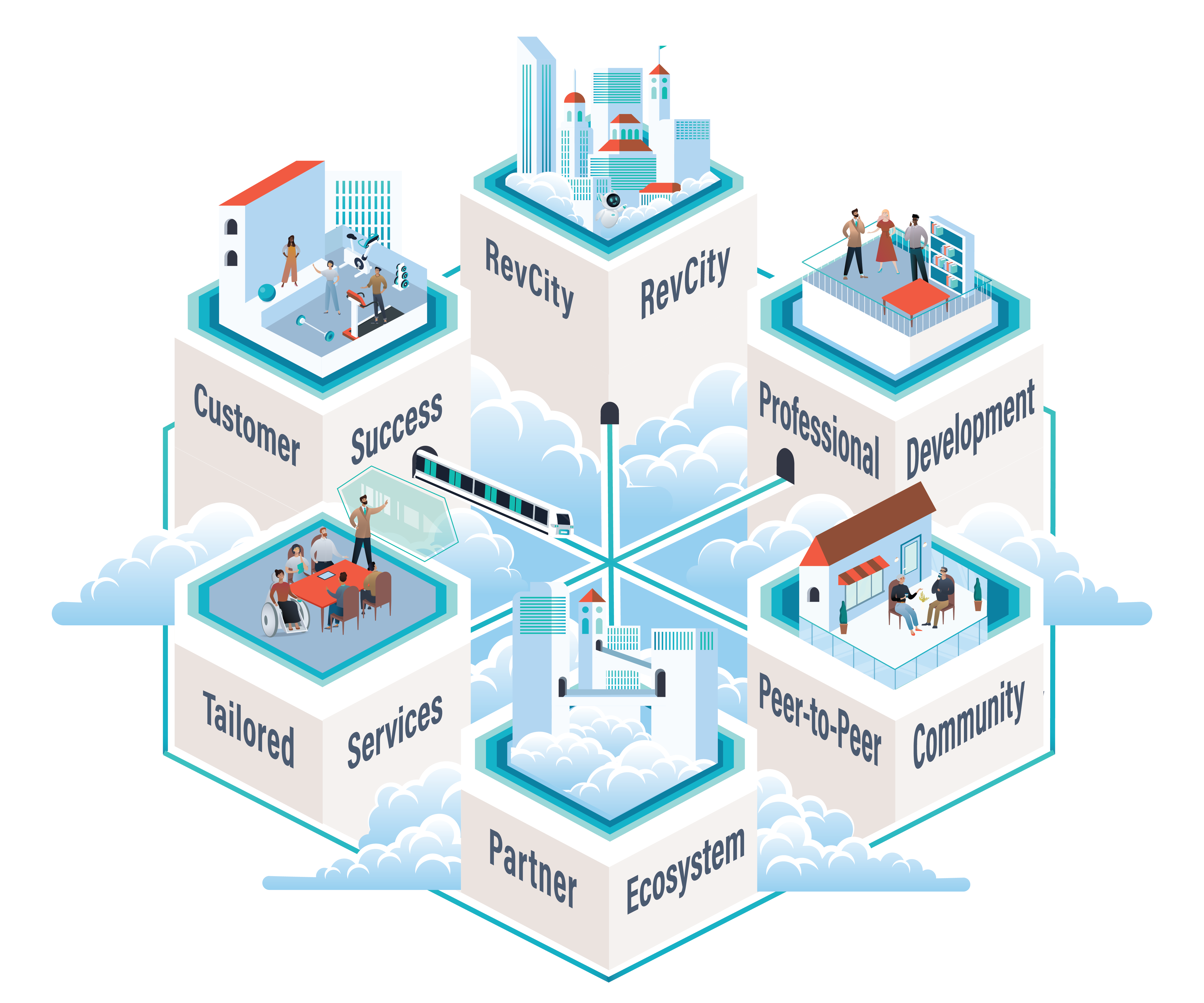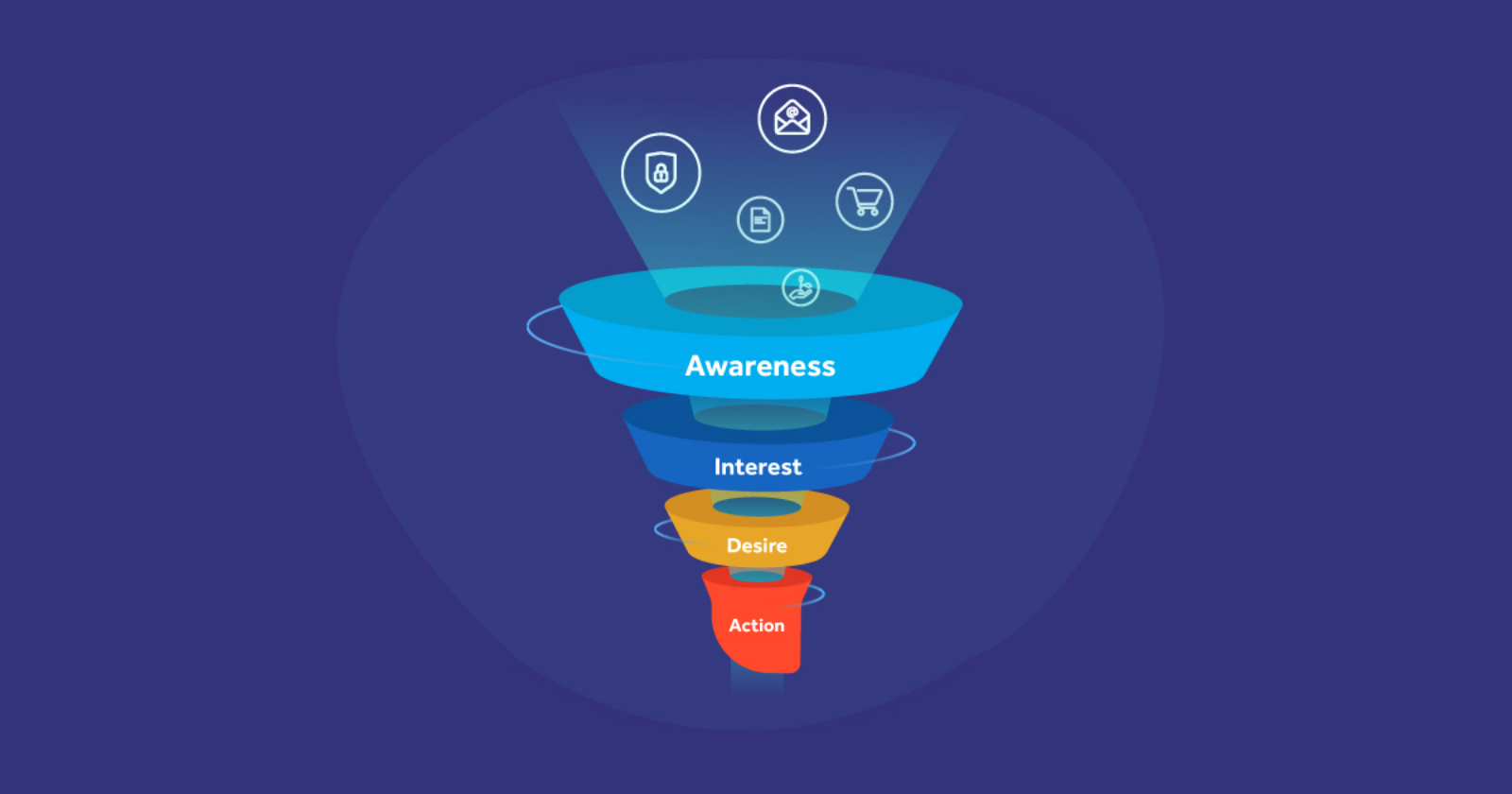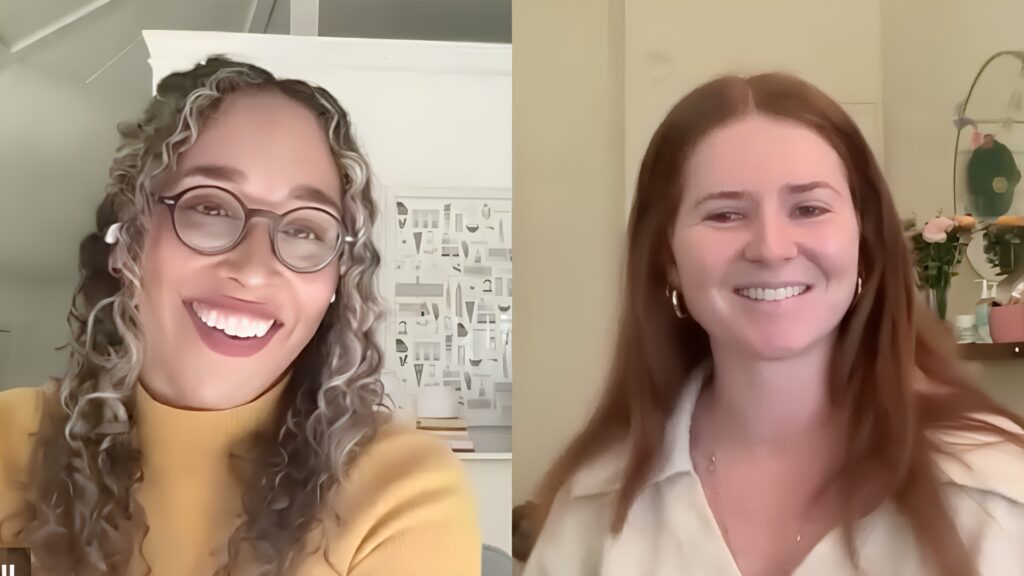Indicators of Buying Signals — The Backbone of Sales & Marketing
It’s 2023 and we still receive emails or LinkedIn messages from salespeople trying to sell a product that has nothing to do with us. Not only is this a waste of time, money, and effort for the salesperson, but it’s also a sign that they don’t know how to accurately determine if a prospect is likely to buy their product before reaching out.
To help sales teams grow their business, we need to understand buying signals.
What are Buying Signals?
At its core, buying signals are a way to measure the likelihood a prospect will purchase a product or service. It’s determined through active or passive signals, such as tracking a decision-maker’s behavior or uncovering insights based on other indicators.
Generally, about 10% of a company’s total addressable market consists of high-intent prospects.
Buying signals
Here are five key indicators to use to understand if a prospect will buy your product or service:
- Technographics: By understanding the software a company, team, or individual uses, you can get a better idea of what they’re likely to buy next. You can also track down users of your competitor’s product and find users of software that your own product integrates with.
- Firmographics: Looking at attributes like employee size and company headquarters location can help you cross out bad-fit prospects.
- Content Consumption: Track what terms and phrases prospects are searching for, which webpages they’re visiting, and what content they’re reading on your blog or website to get an idea of what they need.
- Buying Patterns: Looking at upcoming contract renewals (if they’re using a competitor’s product) and recently purchased software can give you an indication of what they’re looking to buy.
- Psychographics: This provides the “why” behind buying decisions. It provides insights into the interests, activities, and opinions of buyers. By leveraging psychographics, you can understand why buyers buy what they buy. Using these insights, you can help buyers to buy your product.
By leveraging these five buying signals, B2B sales teams can better target their prospects and maximize their sales efforts.
At the end of the day, understanding buying signals is key to understanding prospects and their buying behaviors. With the right insights, you can make sure that you’re only reaching out to prospects that are likely to benefit from your product or service.






